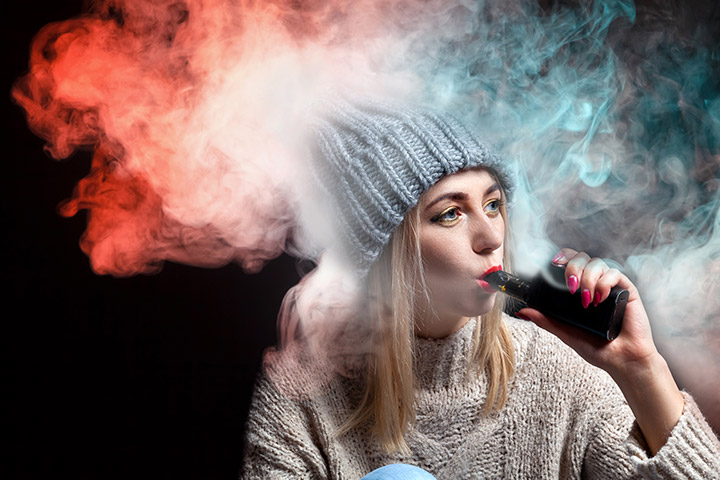In recent years, the Cake Disposables Vaps phenomenon has gained significant traction, captivating both enthusiasts and critics alike. Vaping, short for vaporizing, refers to the act of inhaling aerosolized substances produced by electronic devices known as vaporizers or e-cigarettes. Initially positioned as a potential smoking cessation tool, vaping has undergone a transformation, becoming a cultural trend that has sparked debates and concerns about its impact on public health.
The appeal of vaping lies in its diverse array of flavors and the perception of reduced harm compared to traditional tobacco products. Many former smokers have turned to vaping as a less harmful alternative, given that e-cigarettes produce vapor by heating e-liquids that often contain nicotine, flavorings, and other chemicals. Advocates argue that vaping can help smokers transition away from the more harmful habit of smoking combustible cigarettes, potentially lowering the rates of tobacco-related diseases.
However, the rise of vaping has also given rise to a set of significant controversies and health concerns. The allure of flavors, often designed to appeal to younger consumers, has sparked fears of a new generation becoming addicted to nicotine. Additionally, the long-term effects of inhaling vaporized chemicals are not yet fully understood, leaving health professionals and researchers cautious about endorsing vaping as a truly safe alternative to smoking.
Furthermore, the unregulated nature of the vaping industry has led to inconsistent product quality and a market flooded with products of varying safety standards. Cases of vaping-related lung injuries and even fatalities have been reported, casting a shadow of doubt over the industry’s commitment to consumer safety. The emergence of vaping-related lung illnesses has ignited debates about the need for more stringent regulations and better transparency regarding the ingredients used in e-liquids.
Public health officials and governments around the world have grappled with the challenge of balancing harm reduction with potential risks. Some regions have taken decisive steps to regulate and restrict the sale of flavored e-cigarettes, especially to minors, in an effort to curb the appeal to younger demographics. Others have opted for complete bans on certain types of vaping products, reflecting the growing unease about the long-term consequences of vaping.


